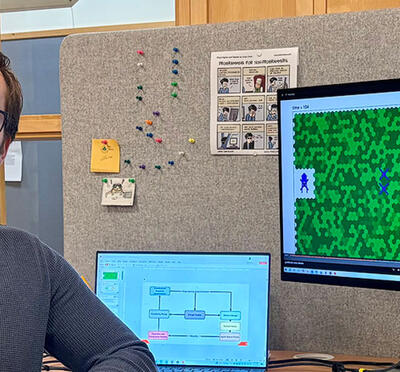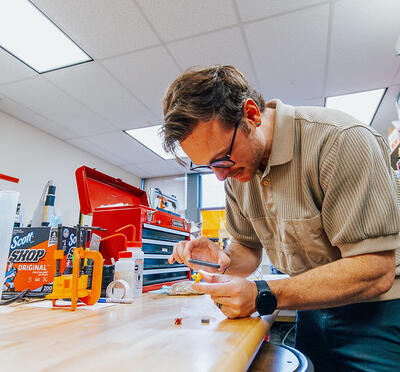A team led by Oregon State University bioengineering professor Adam Higgins is pioneering a new approach to one of medicine’s most elusive goals: the cryopreservation of human organs. By applying machine-learning tools to screen and predict the behavior of thousands of chemical compounds, Higgins hopes to identify a new class of cryoprotectants—chemicals that prevent ice formation during freezing and enable long-term organ storage for transplantation and research.
Limitations of traditional cryoprotectants
For decades, cryopreservation has relied on combinations of a handful of chemicals, such as dimethyl sulfoxide and glycerol, to protect cells from damage caused by freezing. However, these compounds often fall short when used in large, complex tissues, such as human organs, where toxicity and uneven distribution can compromise viability.
“We’ve been using the same four or five molecules for decades,” Higgins said. “They’re just not quite good enough for human-sized organs.”
Machine learning for molecule discovery
Higgins’ lab is adapting high-throughput screening methods commonly used in drug discovery to test hundreds of commercially available molecules for key properties: membrane permeability, toxicity, and the ability to promote vitrification—a glass-like state that prevents ice crystal formation.
“We’re building data sets that can train machine-learning models to predict which molecules will work best,” Higgins explained. “Eventually, these models will allow us to design new compounds from scratch.”
This work builds on recent breakthroughs, including a 2023 study from another group describing the successful cryopreservation and transplantation of rat kidneys. The success has energized the field, attracting new funding and investor interest. Higgins is a part of multiple proposals for government funding totaling more than $50 million focused on cryopreservation for various applications, including kidney transplantation and banking brain tissue for research into neurological diseases.
“People are starting to realize that this is achievable,” he said. “It’s no longer just a pie-in-the-sky idea.”

Significant potential for medicine and research
The implications are vast. Cryopreserved organs could revolutionize transplant logistics, making it possible to store and transport organs over long distances and time frames. It could also unlock access to viable human brain tissue for research, helping scientists gain a better understanding of diseases like Alzheimer’s and Parkinson’s.
While Higgins’ team has already screened 50 molecules, with 40 showing promise, the next step is scaling up to test hundreds more with automated liquid-handling robots.
“The biggest bottleneck right now, though, is funding,” he said. “But we’re ahead of the curve on this, and I’m optimistic the support will come.”




